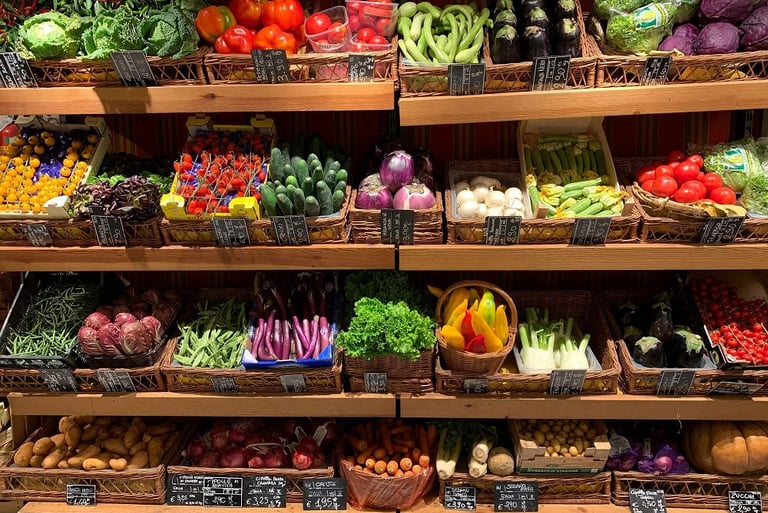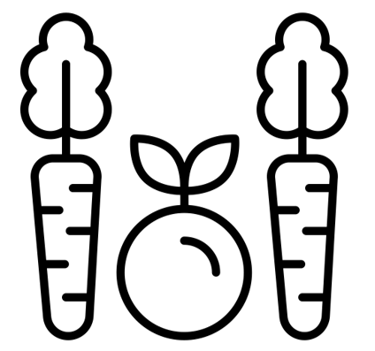Should I buy organic?


Yes, absolutely, but let's look at why:
I look here at how organic is defined and regulated in the U.S. If you are rather interested by how it’s managed in Europe, please consult the French version of this article.
It is the U.S. National Organic Program (NOP), the federal regulatory framework governing organically produced crops and livestock, which regulates the use of the term “organic” on food labels. Organic products must be produced using agricultural production practices that foster resource cycling, promote ecological balance, maintain, and improve soil and water quality, minimize the use of synthetic materials, and conserve biodiversity.
In concrete terms, organic products must be:
Produced without excluded or prohibited methods (e.g., genetic engineering, ionizing radiation, or sewage sludge).
Produced using allowed substances. In general, the following principles apply:
In organic crop production and in organic livestock production, natural substances are allowed unless specifically prohibited and synthetic substances are prohibited unless specifically allowed. Livestock must be raised according to the USDA organic regulations throughout their lives.
In organic handling production, nonagricultural synthetic, nonagricultural natural, and nonorganic agricultural substances are only allowed if included on the National List of Allowed Substances.
GMOs are prohibited in organic products.
For being labelled organic, the foods and drinks meeting the requirements for organic products must also be overseen by an authorized certifying agent.
There are four organic labels:
“100 Percent Organic” can be used to label any product that contains 100% organic ingredients. Most raw, unprocessed, or minimally processed farm crops can be labeled 100% organic.
“Organic” can be used to label any product that contains a minimum of 95% organic ingredients. Up to 5% of ingredients may be nonorganic agricultural products and/or nonagricultural products on the National List.
“Made with Organic …” can be used to label any product that contains at least 70% organic ingredients, with several detailed constraints regarding ingredients that comprise the nonorganic portion.
Listing of specific organic ingredients in the ingredient statement of products is allowed if they are certified organic ingredients.
In view of the above, it's clear that it's best to buy organic, including legumes, oilseeds, tea, coffee, and chocolate.
In terms of preparation, organic vegetables and fruit should only be cleaned under the spray (not soaked, as this dilutes the vitamins), cut after cleaning and eaten with the skin. Non-organic vegetables and fruit should also be cleaned under the spray and cut after cleaning, but the skin should be removed (finely, so as not to lose too many vitamins).
Finally, it's important to note that buying organic is not enough if you want to maximize nutritional benefits while reducing risks and protecting the planet. Ideally, we should also give preference to bulk purchases (without packaging), seasonal foods and short distribution channels, and drastically limit meat and dairy products.
To find out more, read these articles:
On industrial foods vs a natural diet: https://isabellemaesnutrition.com/en/processed-foods
On how to broaden the range of foods that have a place in a healthy diet: https://isabellemaesnutrition.com/en/forgotten-foods
Vegetables picture by Raul Gonzalez Escobar
